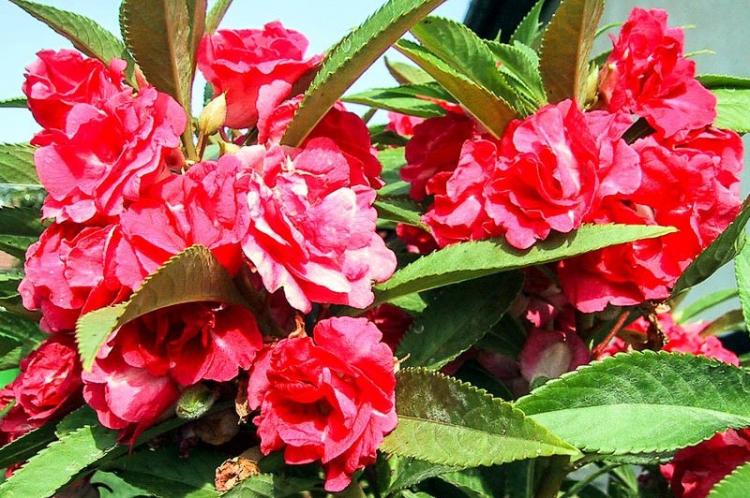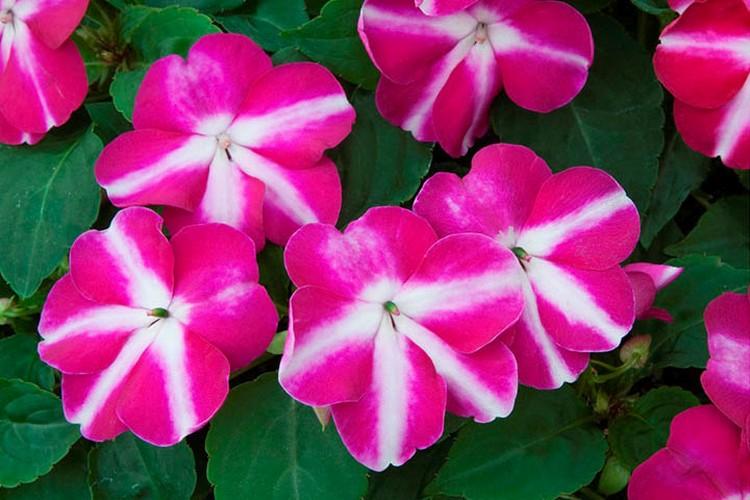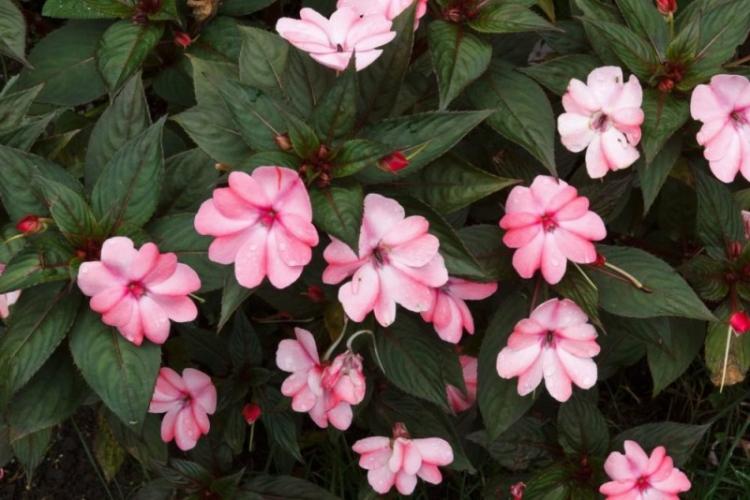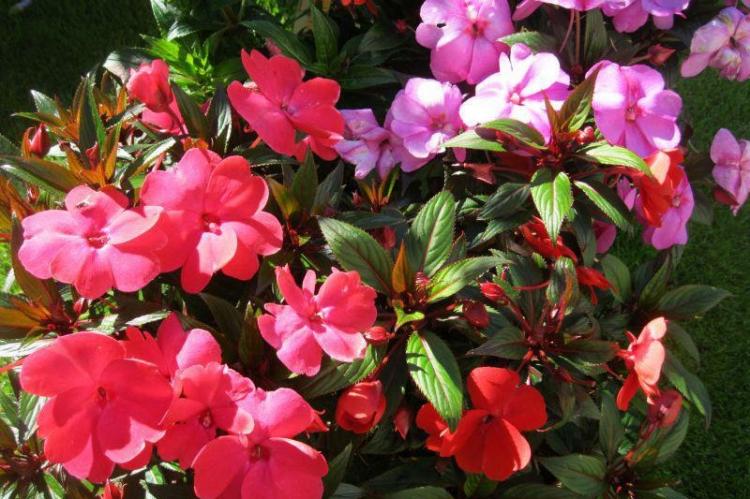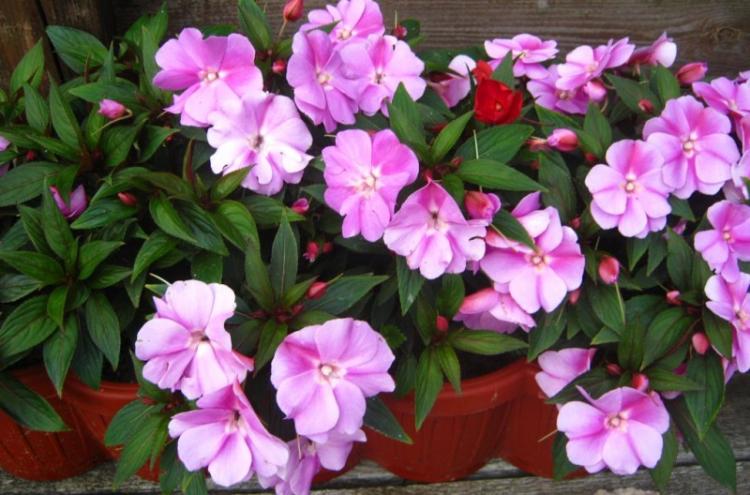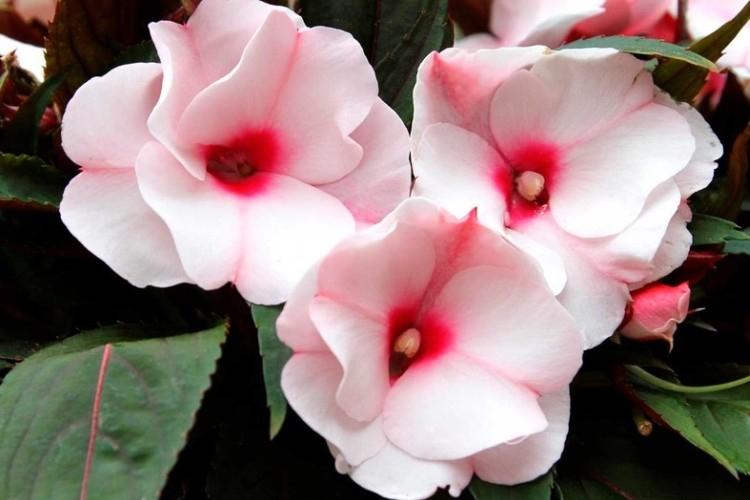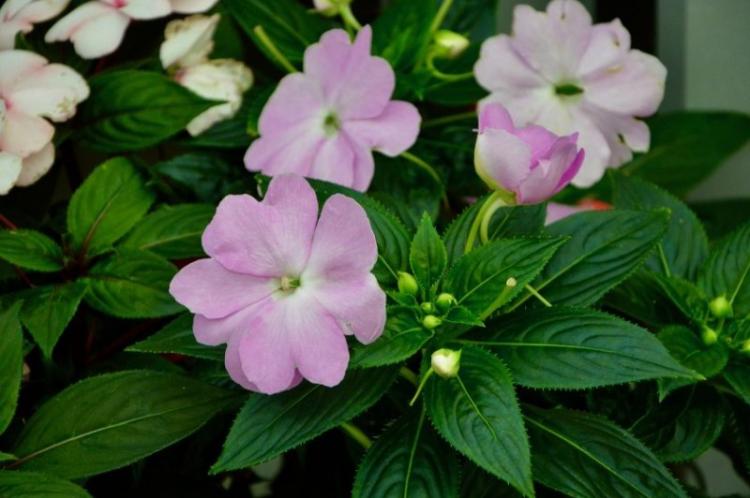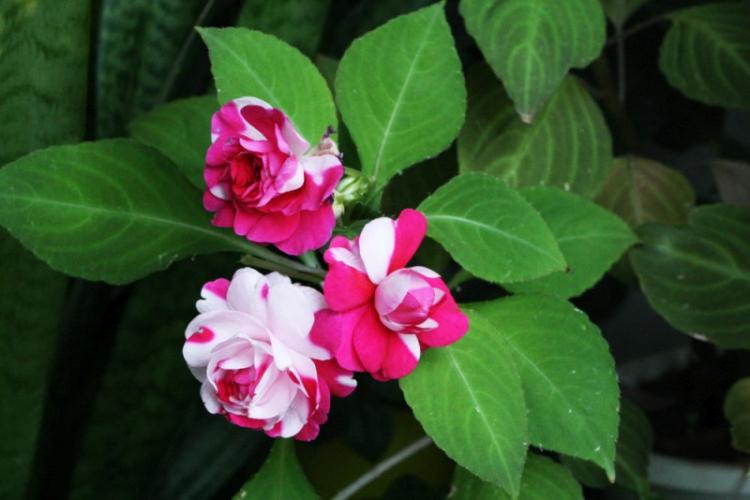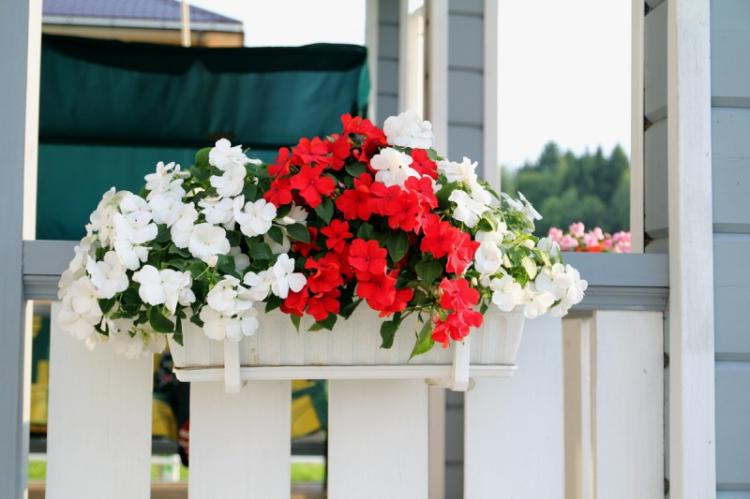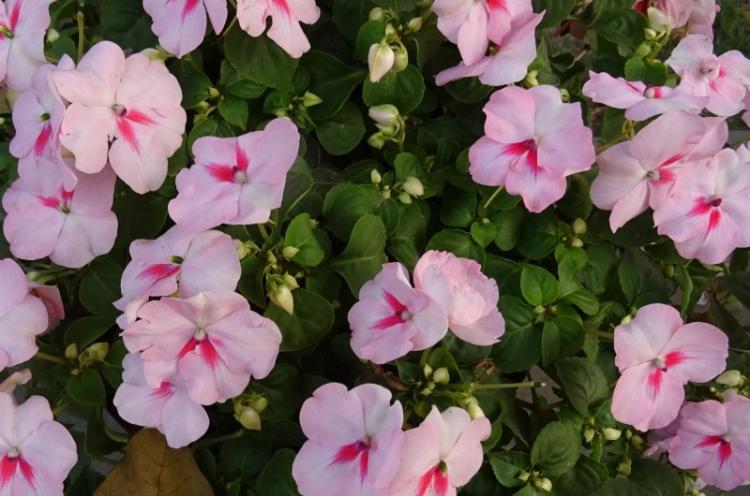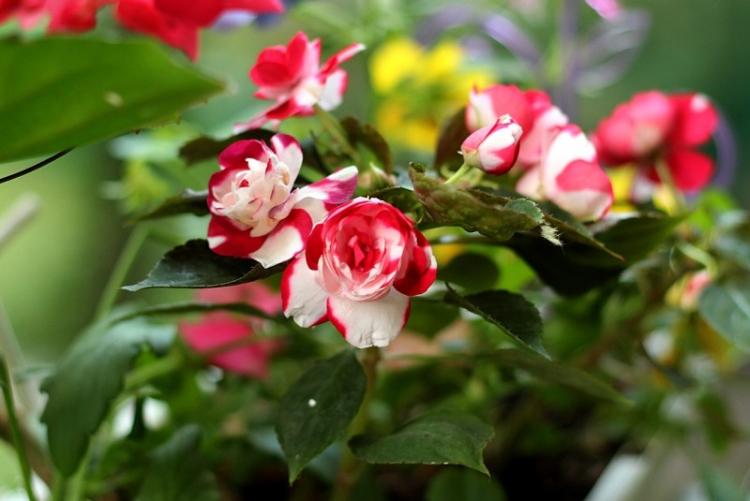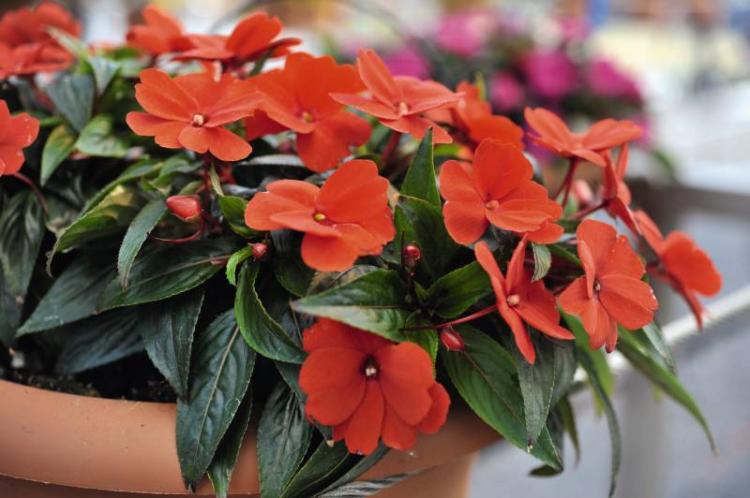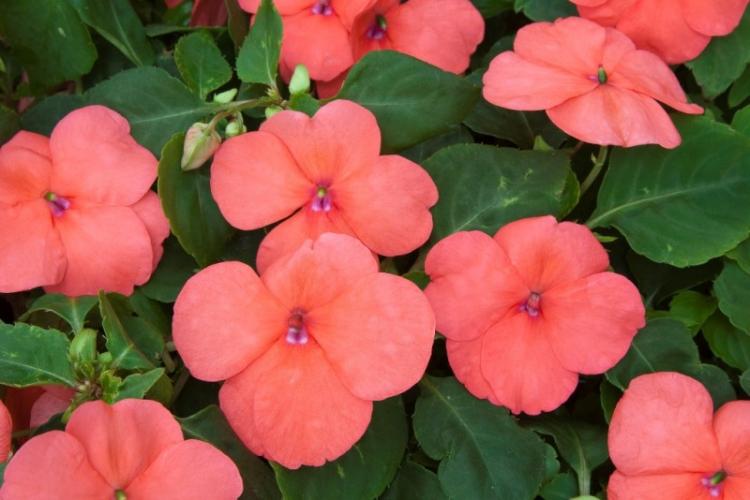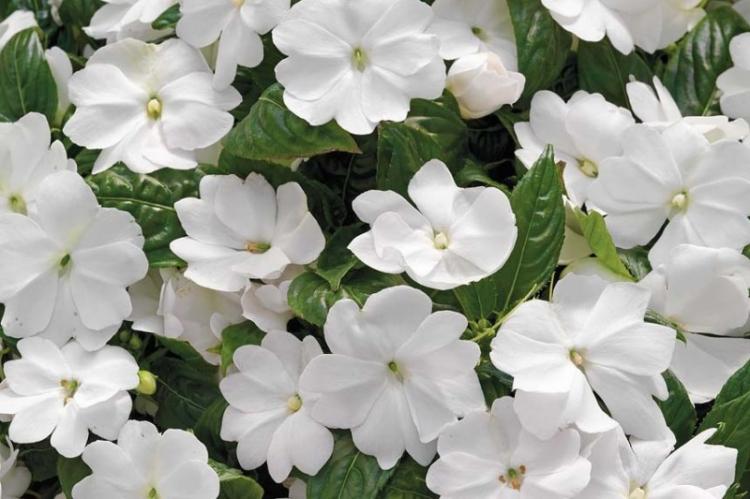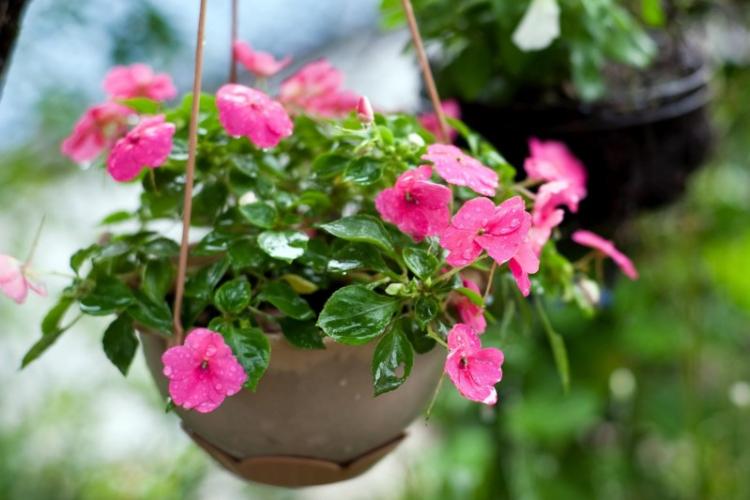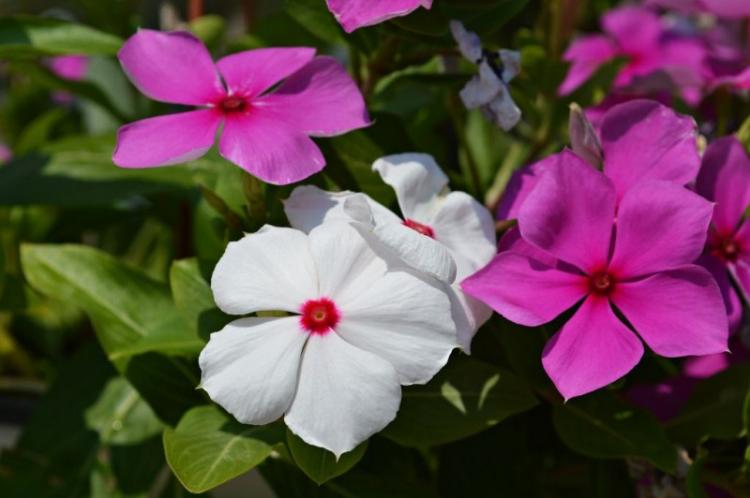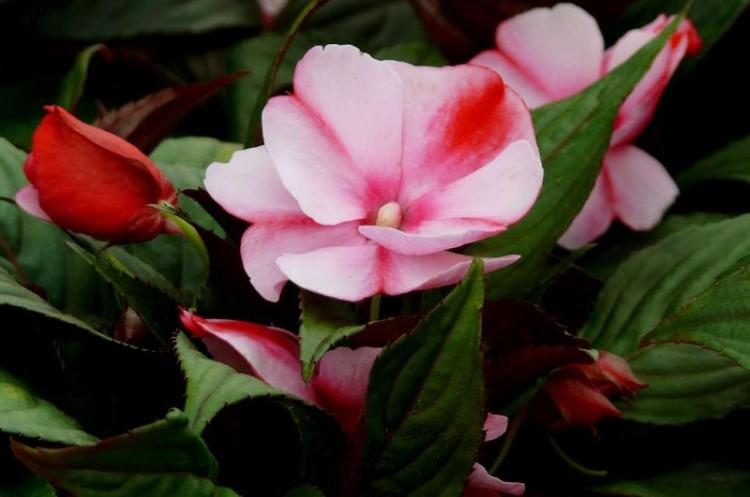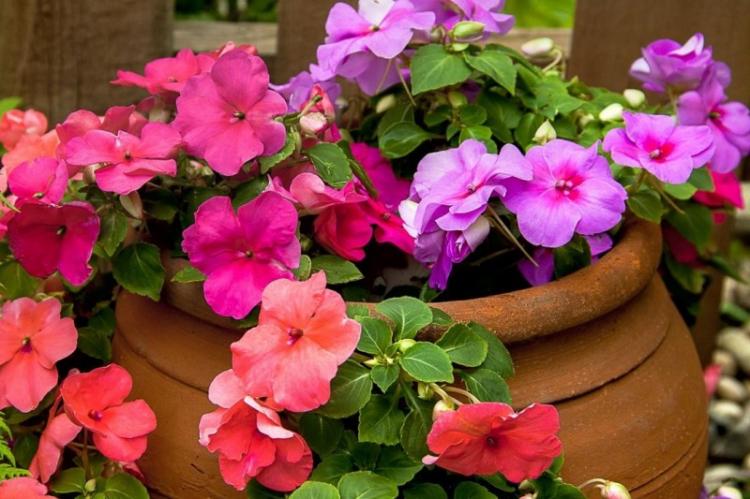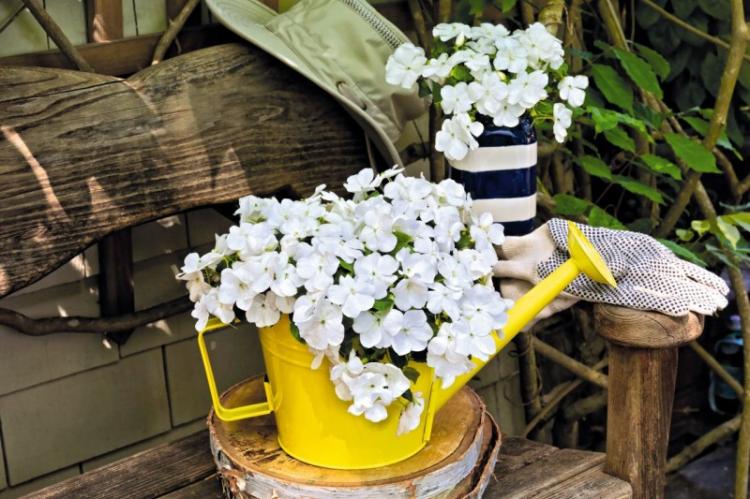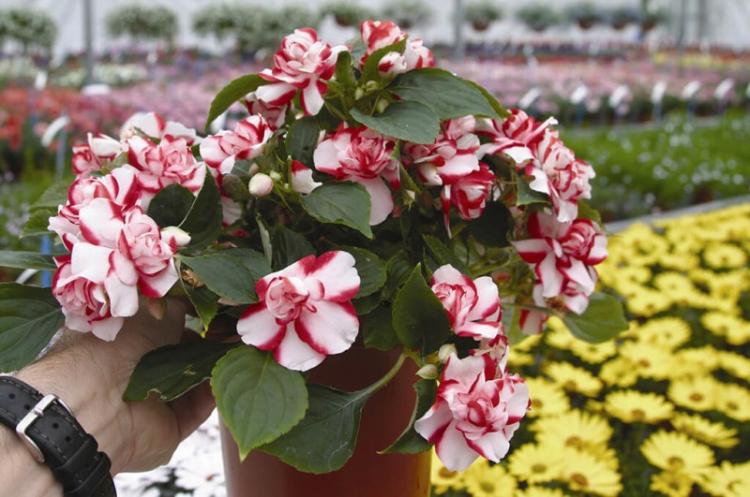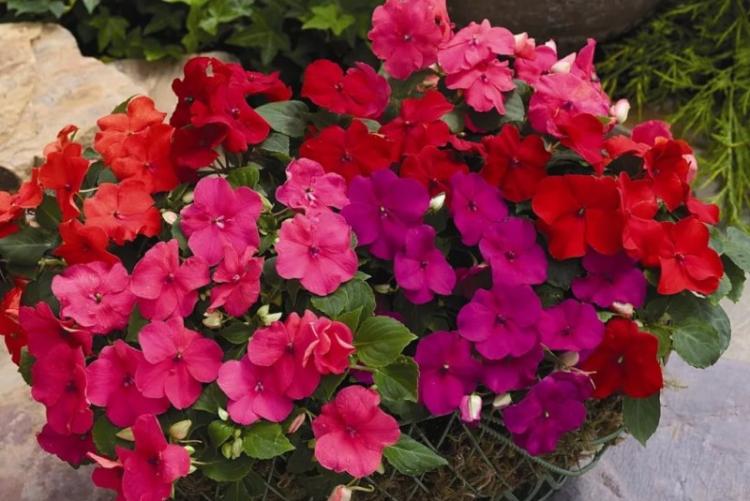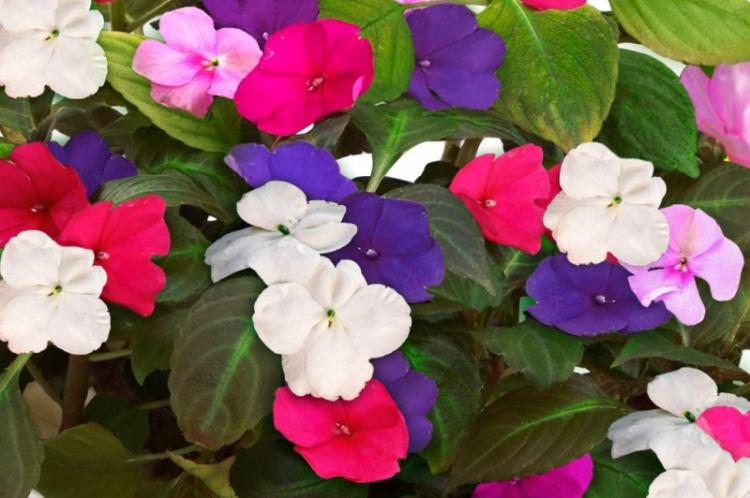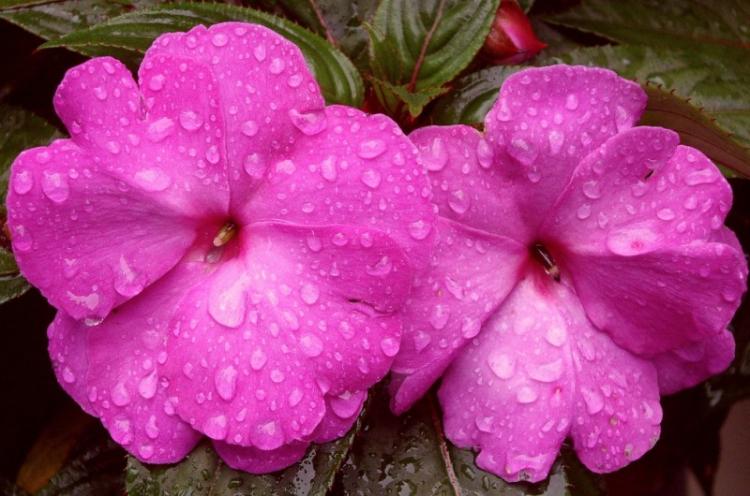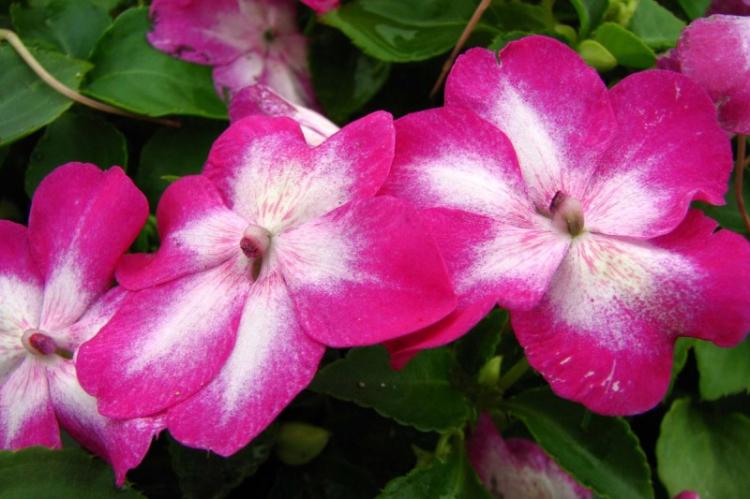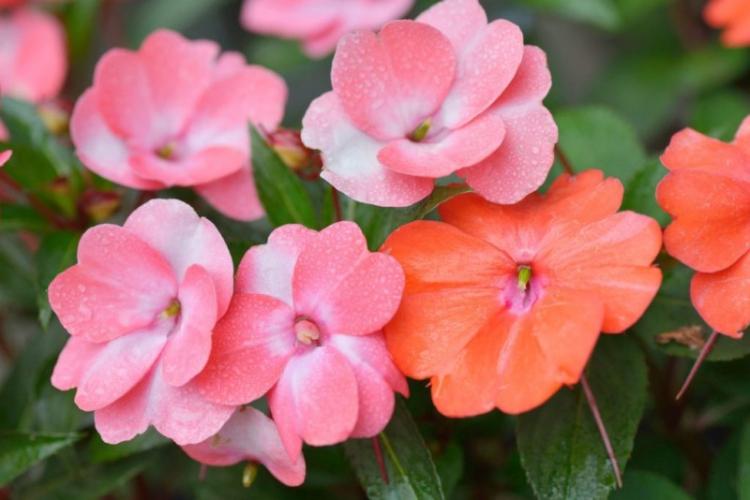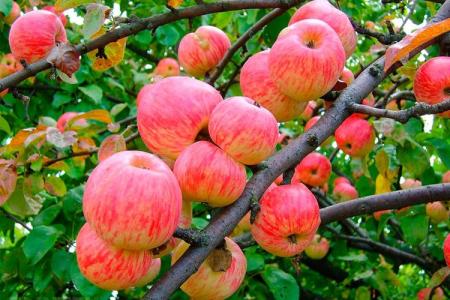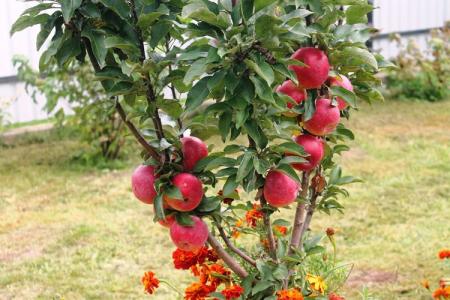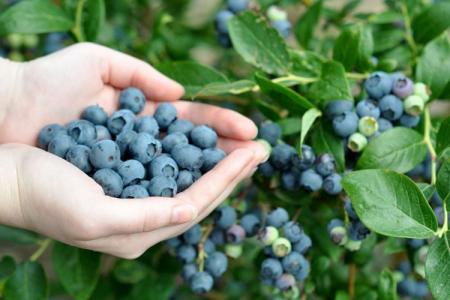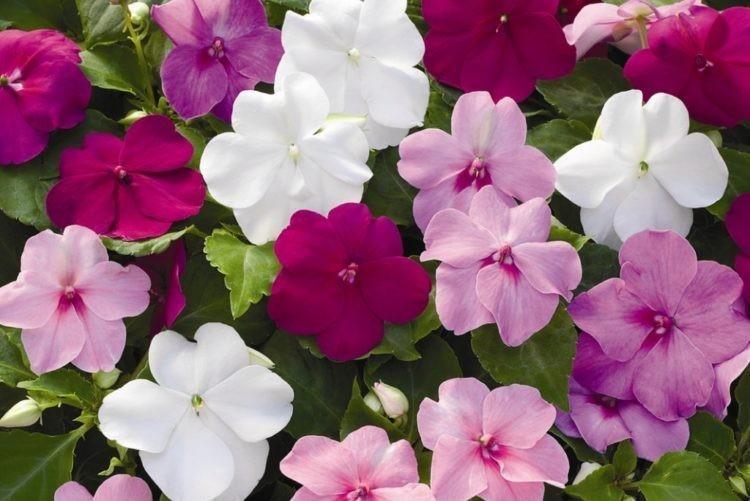
An elegant, neat and unpretentious balsam appeared in Europe at the end of the 16th century and since then has become one of the most popular plants in the world. If you love home flowers and flower beds, this fever surely has not spared you! Although in nature balsam is common in Africa and Asia, it gets along well in other latitudes. And we will tell you how to properly care for him!
general characteristics
In the people, balsam has several nicknames: touchy - because the seed pods burst from the lightest touch. Or Vanka is wet - because at the ends of the leaves after watering there are water droplets, which then seem to be sugar-coated. The flower was nicknamed the fire for its bright scarlet, red and pink flowers, which are characteristic of most varieties.
The flower grows from small graceful bushes up to 50 cm, depending on the variety. It has a fleshy strong stem and similar leaves with wavy edges and a bronze or reddish tint.
Flowers hide in the axils between leaves and delight with a variety of color spectrum - especially modern hybrid species. They are orange, white, purple, spotted, or striped. The bright color stands out favorably against the background of saturated dark leaves, and balsam can bloom all year round - it was not for nothing that it was nicknamed the eternal flower.
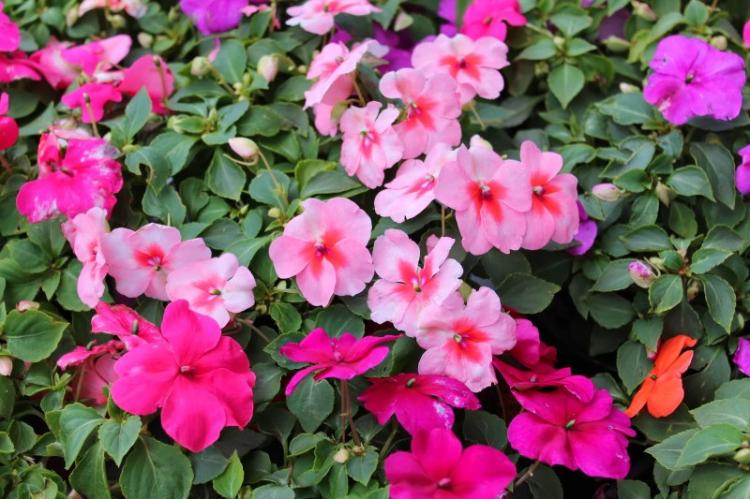
Types of balsam
In nature, there are many types of balsam: one- and perennial, herbaceous and semi-shrubs, multi-colored and monochromatic, ordinary and terry. All of them are united into a large family of the same name, which feels great both in apartments and in the open ground.
Waller's balsam
The most famous and popular species underlies most of the hybrid varieties. Its peculiarity is juicy stems with brownish-brownish leaves. Waller's balsam blooms so luxuriantly and profusely that sometimes leaves are not visible at all behind the bright petals.
It is used for landscaping balconies, window sills and seasonal outdoor landscaping. This is a small perennial flower, and it bushes faster in a closed room than in a garden. Waller's balsam subspecies are grouped by shade, flowering period and type of corolla.
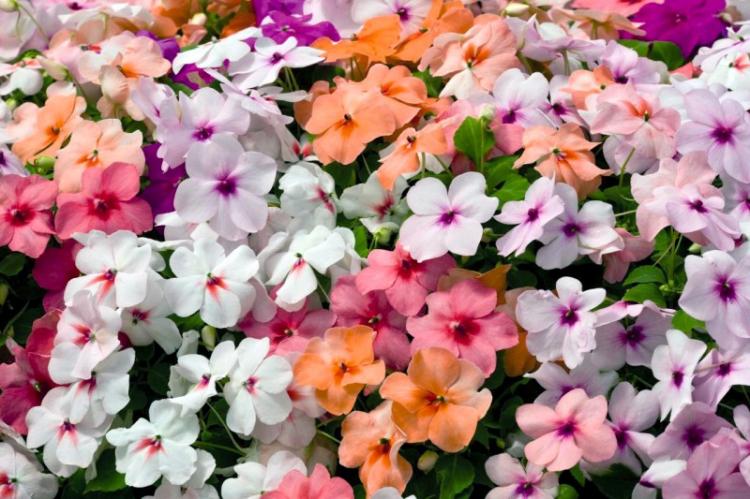
Balsam Safari
A dwarf annual with long-lasting pink, coral, purple, white or yellow blooms, it is good for window sills and balconies. It germinates well from seed within 1-1.5 weeks. A moderate root system does well in small, neat flowerpots.
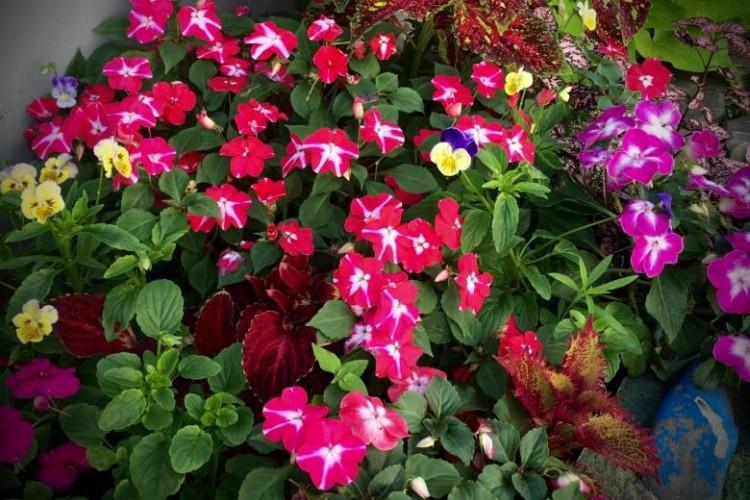
Balsam Kandy
The small, branchy plant blooms profusely and densely, so it looks good when planted alone. The decorative flower blooms early and pleases with multi-colored shades until late autumn. Kandy will become a real decoration of a greenhouse or home green corner.
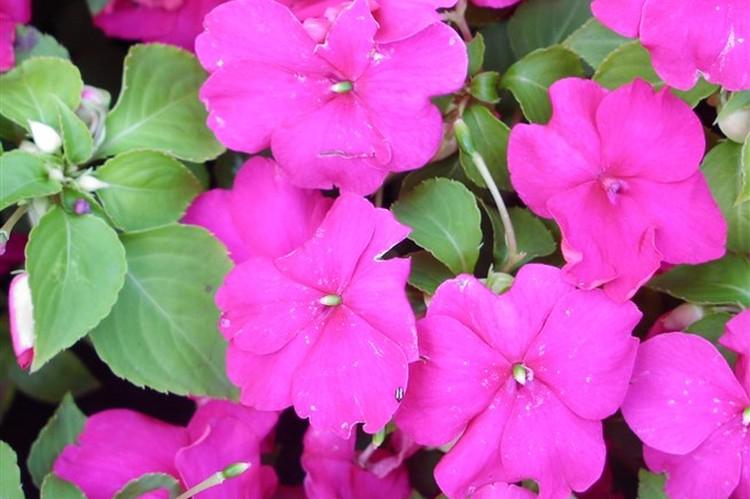
Garden balsam
It is considered the oldest variety among all cultivated: the first descriptions are found at the beginning of the 17th century. It was brought by travelers who discovered the mysteries of China and India. They were especially interested in terry subspecies, which rapidly captured the greenhouses of Great Britain, Holland, Italy and France.
The annual garden balsam is notable for strong knobby stems, lanceolate petioled leaves and irregular buds. They branch well and give a dense and dense crown, and upward they grow up to 70 cm.
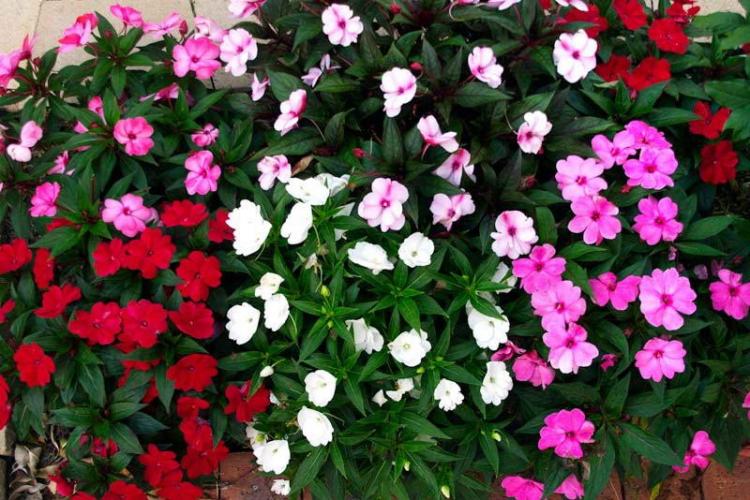
Niamean balsam
The specificity of this variety is in the unusual shape of the flowers, which is not characteristic of any other balsams. They resemble red-yellow beans and can be one or two colors at once.

New Guinea Balsam
The perennial is known for its large flowers and continuous year-round flowering. The shades can be almost any, but they are always bright against the background of bright and juicy green leaves.There are decorative subspecies with yellow centers or petals of several shades.
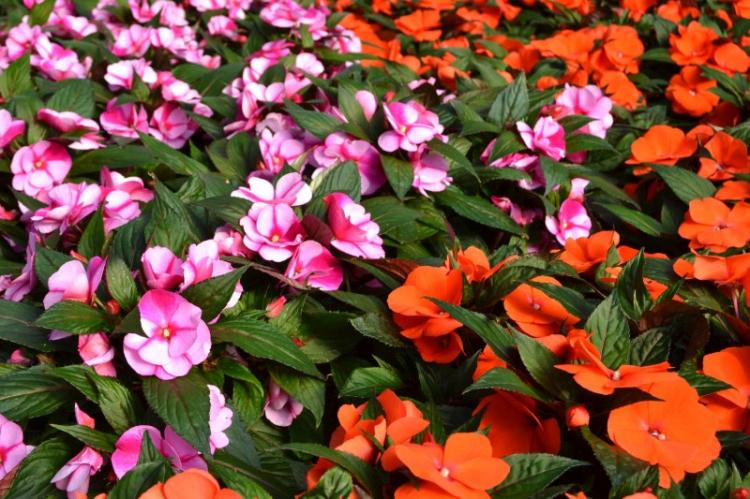
Balsam Tom Tamb
Dwarf balsam does not grow more than 40 cm, but is notable for large double flowers up to 7 cm.The main shades are red, pink, white and lilac, and flowers bloom a couple of months after sowing and remain up to 2 months.
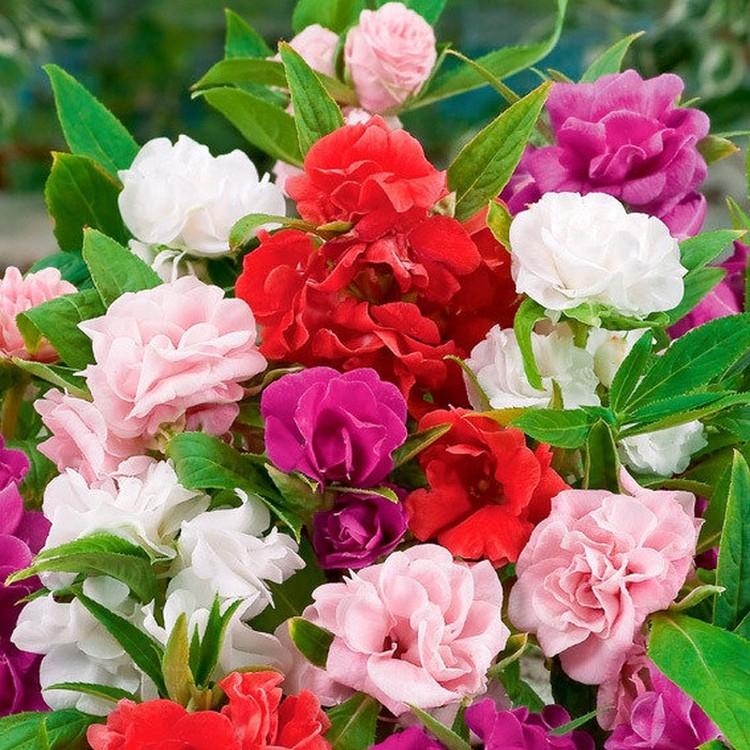
Hawker's Balsam
This variety became the ancestor of all New Guinea hybrids that are resistant to the scorching rays of the sun. He has elongated graceful leaves and large flowers with the same large petals. Hawker's balsam pleases with lush and abundant flowering throughout the year.
Wild varieties were discovered on the islands back in the 1880s, but then they did not become popular among European decorators. But breeders became interested in them for further large-scale work. Hybrid varieties are notable for their large flowers, many shades, variegated leaves and drought tolerance.
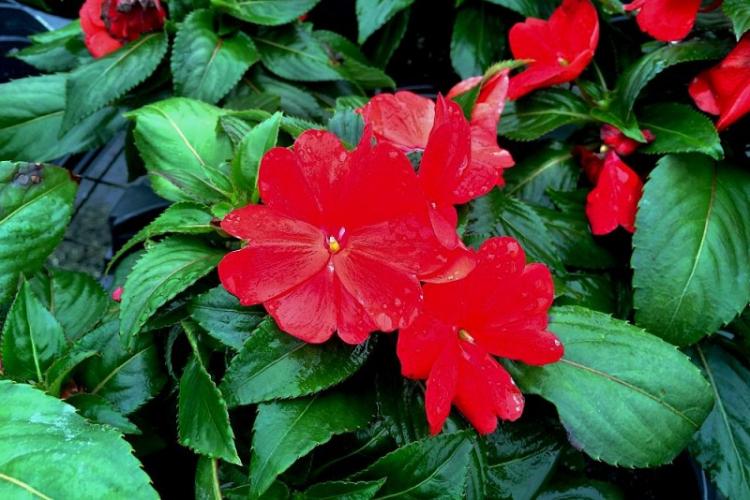
Balsam Lollipop
A beautiful ampelous variety gives many flexible and fast-growing stems, covered with large open flowers up to 5 cm in diameter. Due to its recognizable shape and color, Lollipop is also called the Purple Star. The petals are very thin, delicate and delicate, with a wavy edge, so you need to take care of the flower carefully.
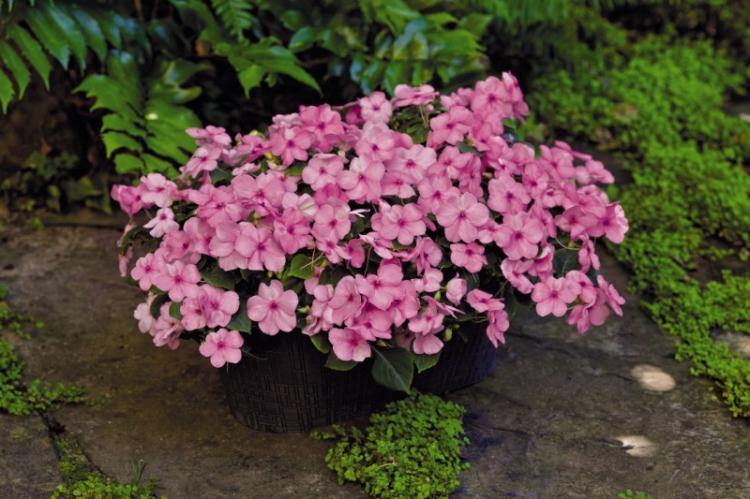
Balsam Camellia
A bushy variety with large double flowers, it is super heat-loving and does not tolerate even minor frosts. But he feels good on the street if you take seedlings in early spring. Transplant seedlings into open ground by the beginning of summer - and in a sunny meadow they will quickly grow and bloom.
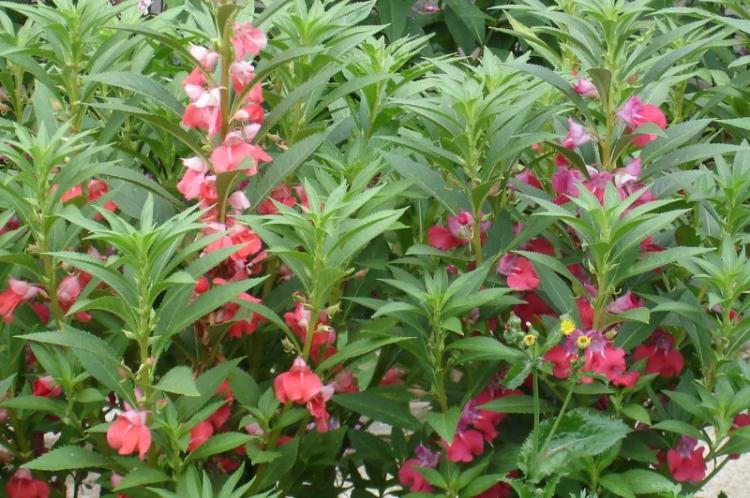
Balsam care
Indoor balsams are not capricious and undemanding, therefore, when leaving, they do not cause problems. Be sure to consider the characteristics of your variety, because the needs of different species can differ significantly.
Temperature
Indoor balsam is not picky about temperature, therefore it does not need special conditions. It is enough to follow only that in the cold season the minimum indicator does not fall below the 12-15 degrees mark. In winter, due to a lack of heat and light, the leaves can dry out and wither - move the balsam to a better place.

Lighting
Most varieties of balsam grow in shaded areas or in an apartment away from a window. If you want the flower to constantly bloom profusely, then at least several hours of bright and intense sun per day cannot be dispensed with.
For the summer, remove the balsam from the sunny southern windowsill, otherwise burns will appear on the leaves. But a window on the west or east side or a balcony will be quite cozy.
When planting in open ground, take into account the peculiarities of the variety: for some, only shady terrain or partial shade is suitable. But New Guinea hybrids are generally not afraid of direct sunlight.
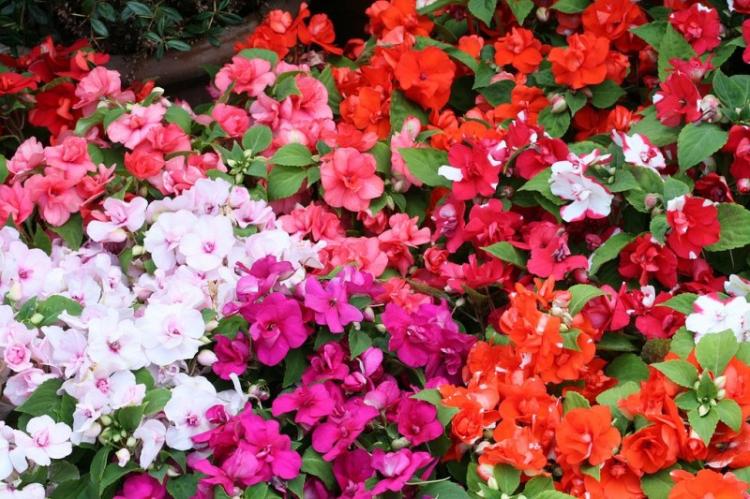
Watering
When there is a lack of moisture, balsam sheds flowers in order to preserve a valuable resource. But its excess is harmful to the flower - this leads to the appearance of fungus and stem or root rot. But normal and healthy humidity of living rooms is quite enough.
Water the flower vigorously enough for its dense, juicy and fleshy stem. The lack of water is easy to notice: it dries out, becomes less elastic, and the leaves begin to fall off. In the summer, do not allow the earthen coma to dry out, but in the winter, watering can be reduced.
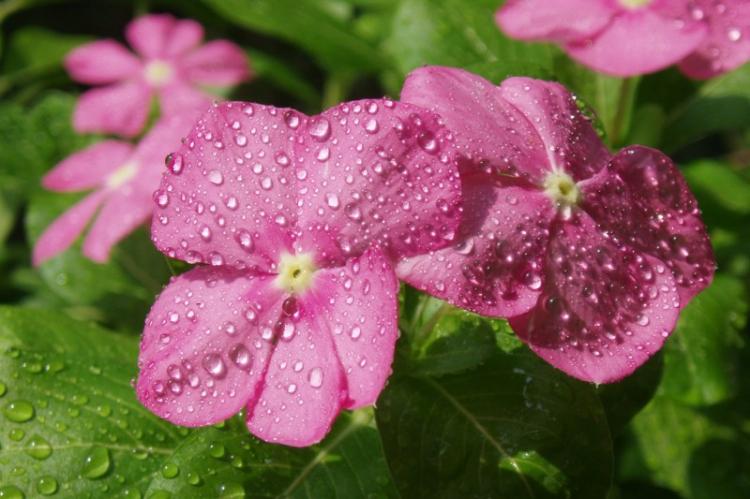
Fertilizers and feeding
Balsam does not require frequent and intensive feeding: it is enough to introduce complex mixtures once or twice a month during the spring and summer. Ready-made formulations for flowering plants are suitable, but be sure to monitor the nitrogen level. If it exceeds the norm, the flower will grow more actively, but it will bloom worse and less.
If you are molding balsam, you also need to feed it after pruning. Vermicompost, chemical fertilizers, potassium, urea in the form of a warm solution are suitable.
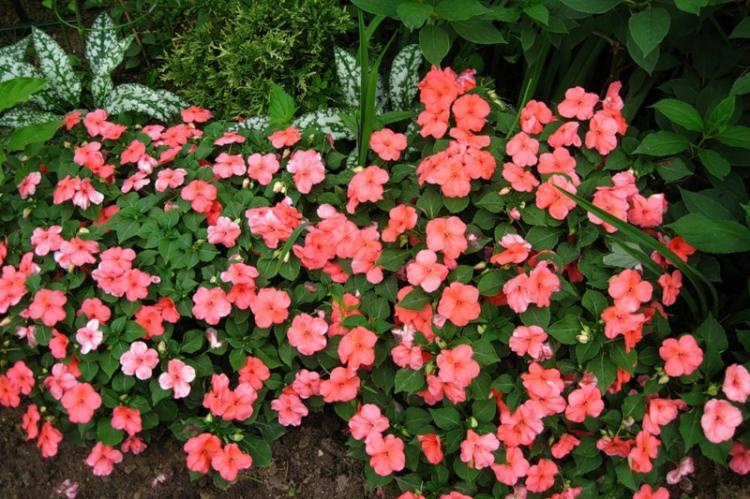
Pruning
The central stem of balsam grows more slowly than the lateral ones, which can branch down to the ground.Depending on the shape, the flower is good both as a hanging planter and in the form of a miniature tree. For the first time, balsam can be pruned 3-4 weeks after planting, when it releases four full leaves.
If you want to plant a planter, cut off the central top as soon as possible - this stimulates the growth of lateral shoots. To create a tree, wait until the central stem starts to grow stiff and cut off the lower leaves.
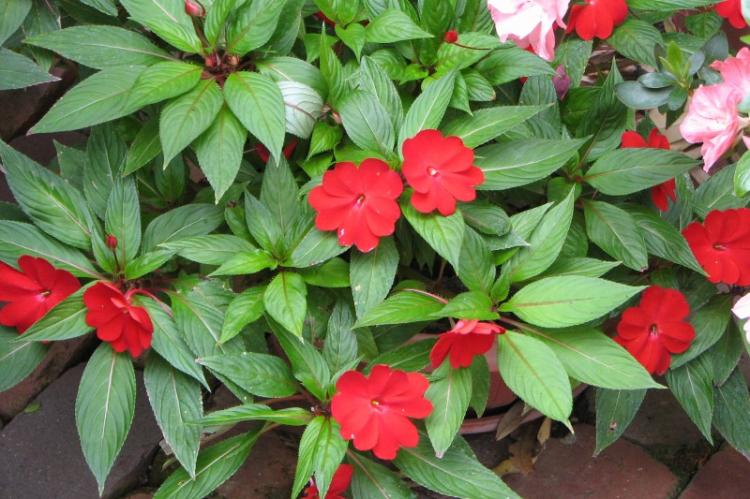
Planting and breeding balsam
Balsam reproduces well both by seeds and by cuttings - both methods are equally effective, but take different times. Cuttings are easier and faster: root them in water and then immediately plant them in pots.
The seeds begin to hatch after a few weeks, and after the first leaves appear, they need to be dived and planted. In order for the flower to grow lush and branchy, it is pinched several more times during the growth process.
Any loose mixture for flowering plants and a pot slightly larger than the root system are suitable for transplanting. Keep in mind that if the container is too large, the flower will continue to grow, but will bloom later. Repotting is only needed for seedlings grown from seed, and cuttings instead require constant renewal.
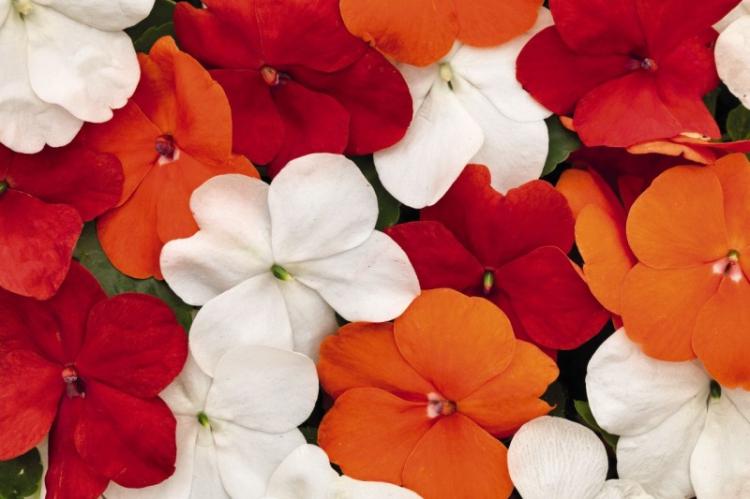
Pest and disease control
The main pests of balsam are aphids, whiteflies, felt, thrips and spider mites with a lack of moisture. For prevention and treatment, use special insecticides - usually this is enough.
If the balsam leaves begin to fall from below, the reason is either improper care, or the flower is very old and it's time to rejuvenate it. If the flowering is too weak and scarce, the soil lacks nutrients - additional feeding is needed. If the shoots are too elongated and deformed, the flower may be very hot or there is not enough light.
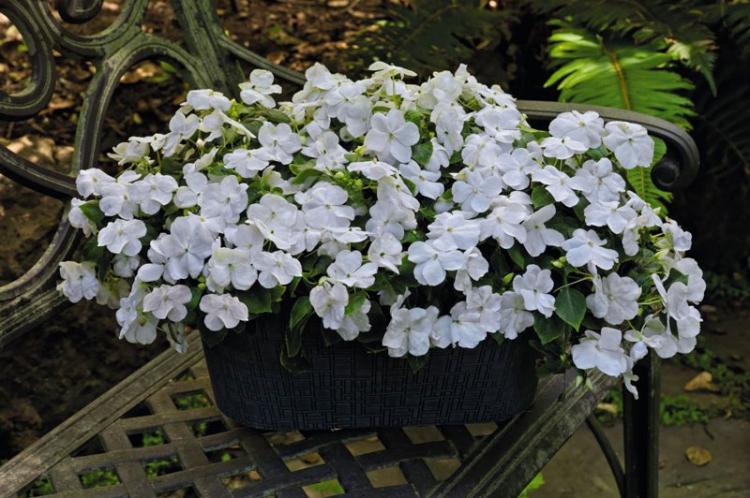
Balzamin - photo
Beautiful balsam is good everywhere and in any conditions: in flowerpots on a windowsill, a home green corner, garden seedlings or a greenhouse. Just take a look at these pictures!
